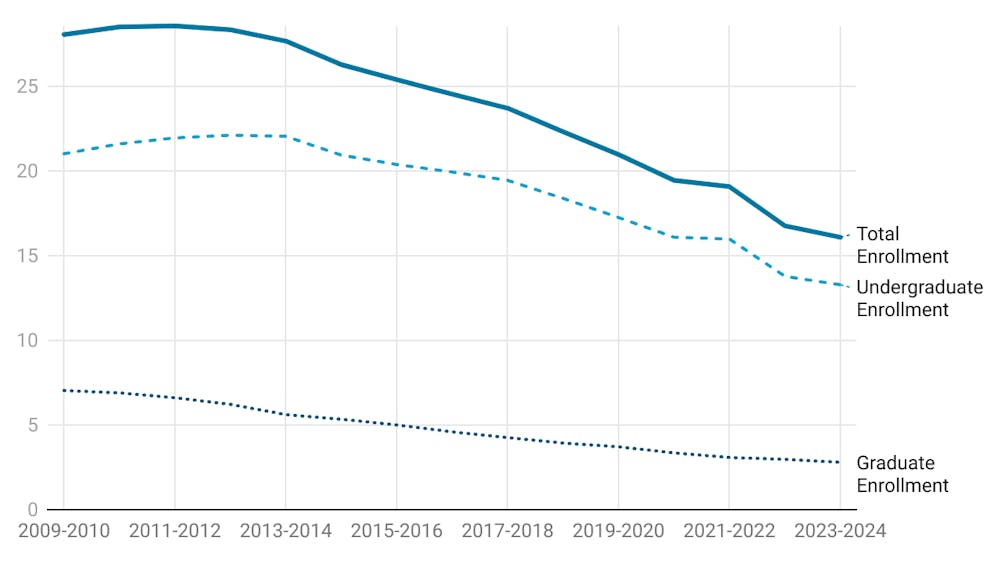I have several bad memories from math class where I would walk to the front of the class countless times only to hear my arithmetic was wrong. The current debate over the debt
ceiling from the Republican Party is giving me flashbacks.
Conservatives in Congress, like Representative Paul Ryan (R-WI), have been trying to show that slashing the budget and implementing a haphazard form of austerity is the way to prosperity — even though economists and public policy experts keep shouting that the arithmetic is wrong.
First, let’s establish what austerity is, or, more to the point, the kind of bad arithmetic that has led the Republican Party to austerity as an answer for our countries economic problems.
According to the Speaker of the House, John Boehner (R-OH), “it’s time for government to tighten their belts and show the American people that we ‘get’ it.” In essence, the Speaker has outlined austerity.
But the Republican Party’s idea of austerity isn’t actual austerity at all, which makes the attempts at it all the more misguided.
If the GOP was serious about austerity, they would have demanded visceral cuts in federal programs, in addition to tax increases on the richest Americans, but this wasn’t the case.
If you really want to see how well this form of austerity works you only need to peer across the pond to our friends in Great Britain where the administration of Prime Minister David Cameron, of the Conservative Party, has implemented his own austerity.
The results have been weak. Growth in the country has stalled and unemployment numbers are still standing high. And not much more can be said for Great Britain’s neighbors Spain and Italy either. Both countries tried austerity with no actual reward; Italy’s economy only expanded 0.3 percent and Spain’s only 0.2 percent.
In Michigan, where Gov. Rick Snyder has implemented this backward sense of austerity, the budget for the fiscal year of 2011 included cuts to the corporate tax rate worth $1.8 billion, and the money for the shortfall came from the elimination of tax breaks for seniors, workers with lower incomes and credits for donations to colleges.
“Overall, Snyder’s proposal will likely improve Michigan’s competitiveness,” a report by the Tax Foundation said, but the state’s outlook couldn’t look worse, even with a dramatic fall in the unemployment rate over the past few months, the numbers are ticking upwards once again, currently standing at 10.5 percent.
This is a failing of not only simple arithmetic, but basic economics.
The three actors in an economy are consumers, businesses and government. When the first two are essentially decommissioned, which is what happens during downturns, conventional wisdom dictates the government should increase its expenditures to make up for the lack of money moving in the economy.
Now is not the time for austerity, now is the time to spend, that idea which was once obvious has become considered lunacy.
In fact, most of you reading this column probably think this idea is zany, especially after the shortcomings of the American Recovery and Reinvestment Act A.K.A. the stimulus package.
Let’s place things into perspective. The stimulus package championed by the Obama administration was, if anything, too small. The package consisted of spending increases and tax cuts amounting to $787 billion.
Astounding isn’t it? Not quite. The U.S. economy is worth around $14 trillion. This economy was in effect in free fall, making the stimulus package comparable to taking Advil for an aneurysm.
And after seeing the rating agency Standard’s & Poor downgrade of the U.S. debt from AAA to AA , and the waves in the stock market you might be thinking the Republicans are right and now bondholders and the business community are trying to show America that she has borrowed too much.
But you’d be wrong, S&P’s downgrade had almost nothing to do with ups and downs in the stock market (mostly because S&P doesn’t have much credibility after labeling all the toxic assets the banks were peddling as AAA before the financial crisis), in fact the yield on U.S. treasuries went down which means the country can now borrow even more cheaply than before.
Investors didn’t panic after S&P’s decision, they panicked after they saw the quarterly numbers on U.S. growth and unemployment, and most importantly a government unwilling to do anything about it.







